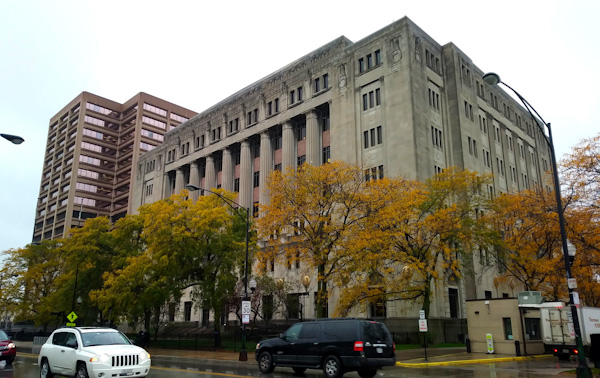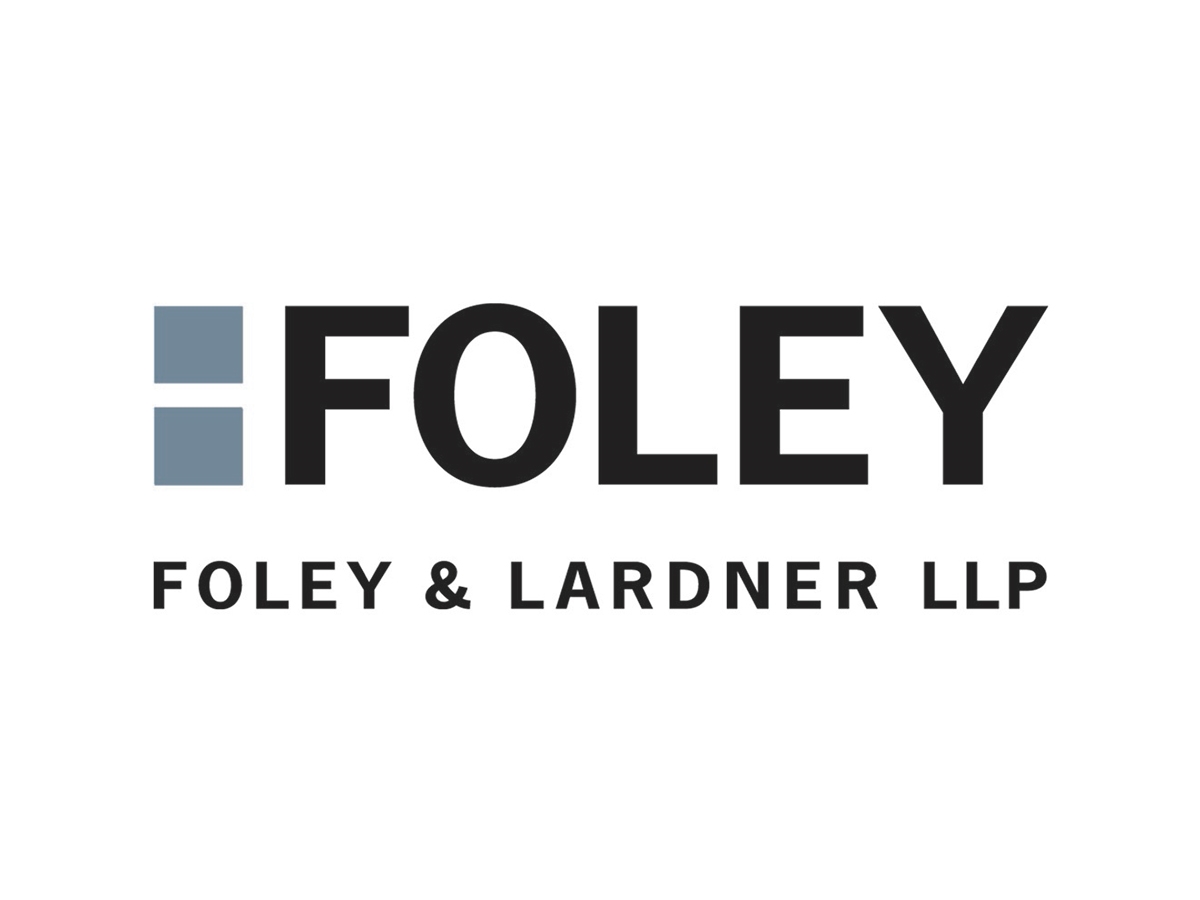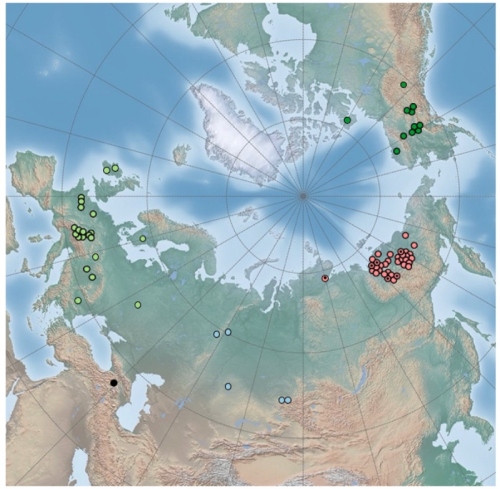Holland & Knight LLP
In Contour IP Holding LLC v. GoPro, Inc., the U.S. Court of Appeals for the Federal Circuit reversed a summary judgment in which the asserted patents were directed to an abstract idea and, thus, patent-ineligible.
The U.S. District Court for the Northern District of California found that claims were directed to the abstract idea of “creating and transmitting video (at two different resolutions) and adjusting the video’s settings remotely” and that the claim recites only functional, results-oriented language with “no indication that the physical components are behaving in any way other than their basic, generic tasks. The Federal Circuit ruled that the district court had characterized the claims with “an impermissibly large level of generality,” and ignored “the disclosed technical means for obtaining an technological result,” resulting in a conclusion of abstract idea. The Federal Circuit examined whether the claims described a specific method that improved technology rather than a result or an effect that was the abstract idea. The court determined that the claims allow a POV camera operate differently than what it could do otherwise. The court rejected GoPro’s argument that the claimed merely recite components known to the public. It held that reciting components known to the public does not “necessarily” mean the claim is directed at an abstract idea. The court rejected the comparison with the Yu v. Apple case. Federal Circuit ruled in Yu that the claims were “directed to the abstract idea” of taking two photos (which could be different at different exposures), and then using one to enhance the other. There was “no disputing” the fact that photographers have been using multiple images to enhance each other “for more than a century.” There is no dispute that the practice of a camera recording two video streams simultaneously and wirelessly transferring the lower-quality video stream to a distant device for real-time viewing and adjustment has been a long known or fundamental practice, supporting patent eligibility at Alice step 1. The court also looked at the specifications of the patents and found that the patents disclose “improving POV technology by specific means to generate high-quality and low-quality videos in parallel… and the claims reflect the improvement. The court concluded that the patents described a specific method of improving POV cameras and that the claims reflected this specific method. The court did not move on to the second phase of the Alice inquiry because it determined that the claims were directed to a concept that was not eligible.






